Post by Grace Taylor, undergraduate Psychology major and interdisciplinary neuroscience minor at Portland State University.
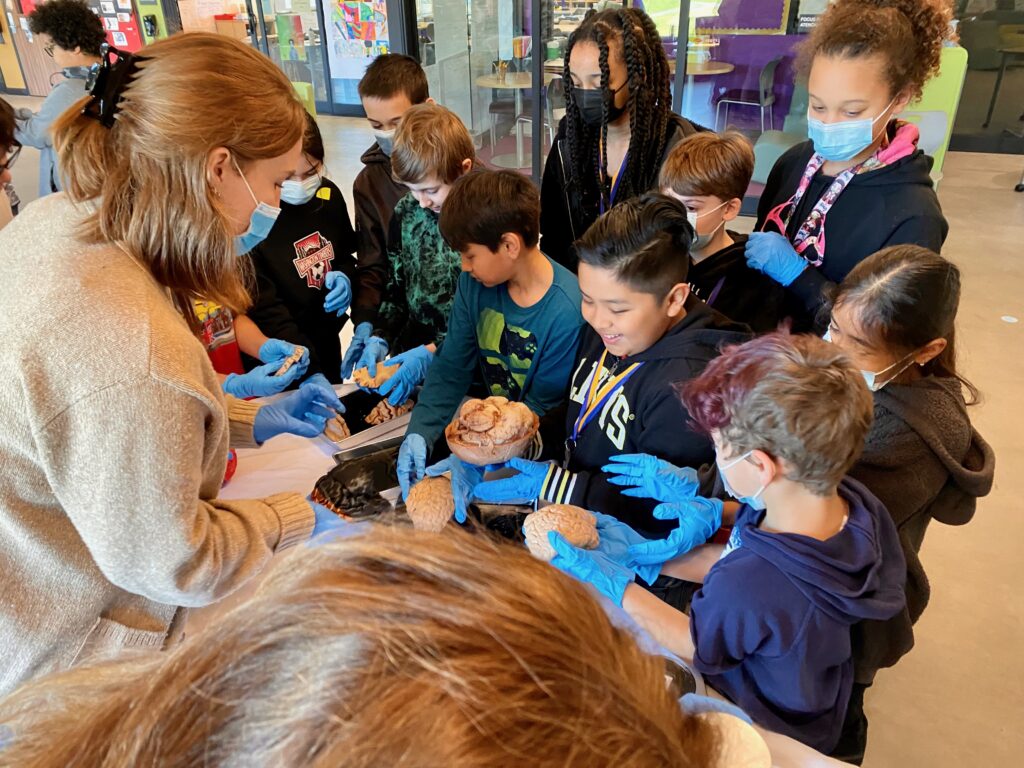
Grace joined Noggin outreach volunteers at the gorgeous new MLK Elementary in Vancouver Public Schools this month, including fellow PSU undergraduates Yasaman Farhand, Britta Harbury, Sydney Watson, Elizabeth Munk, Lauren Kuiper and Annabella Showerman.
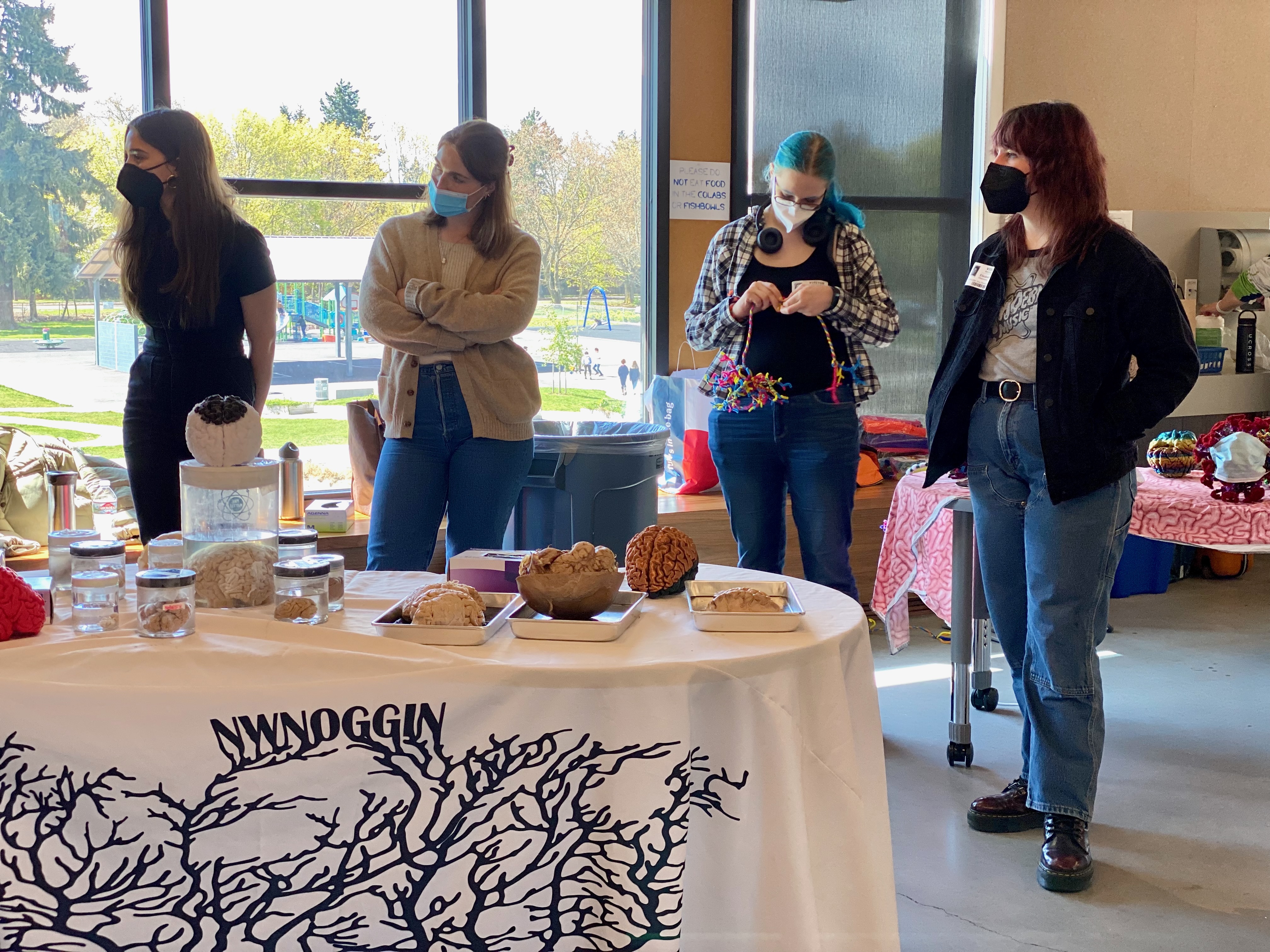
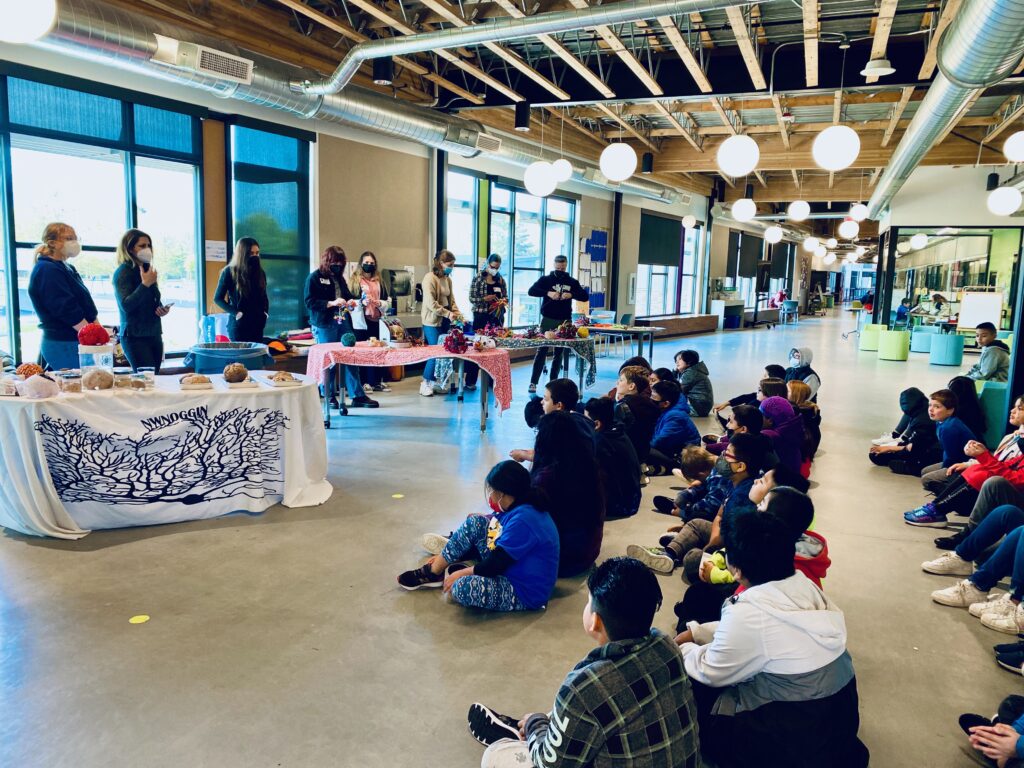
We love brains
This April I got the experience of attending MLK Elementary School in Washington with Northwest Noggin. Going into it, I expected my time to be full of kids being totally grossed out around brains, and becoming disinterested within a few minutes.
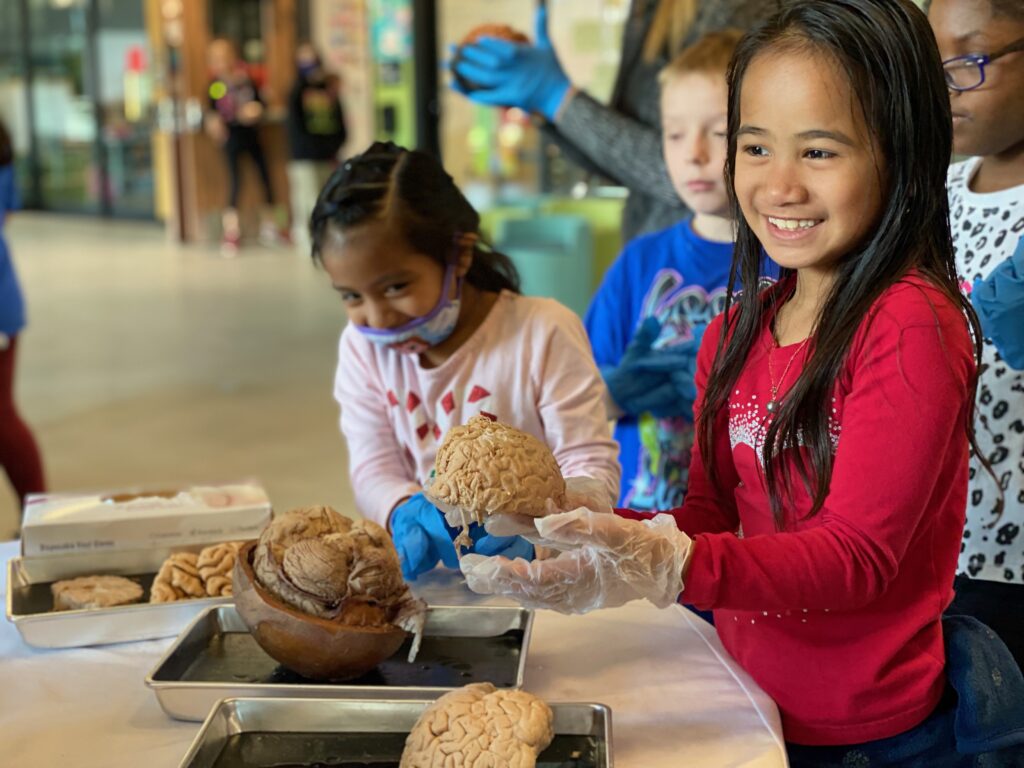
That was not the case at all! We worked with classes from 2nd grade up to 5th grade, and every single group was fascinated and enamored by neuroscience.
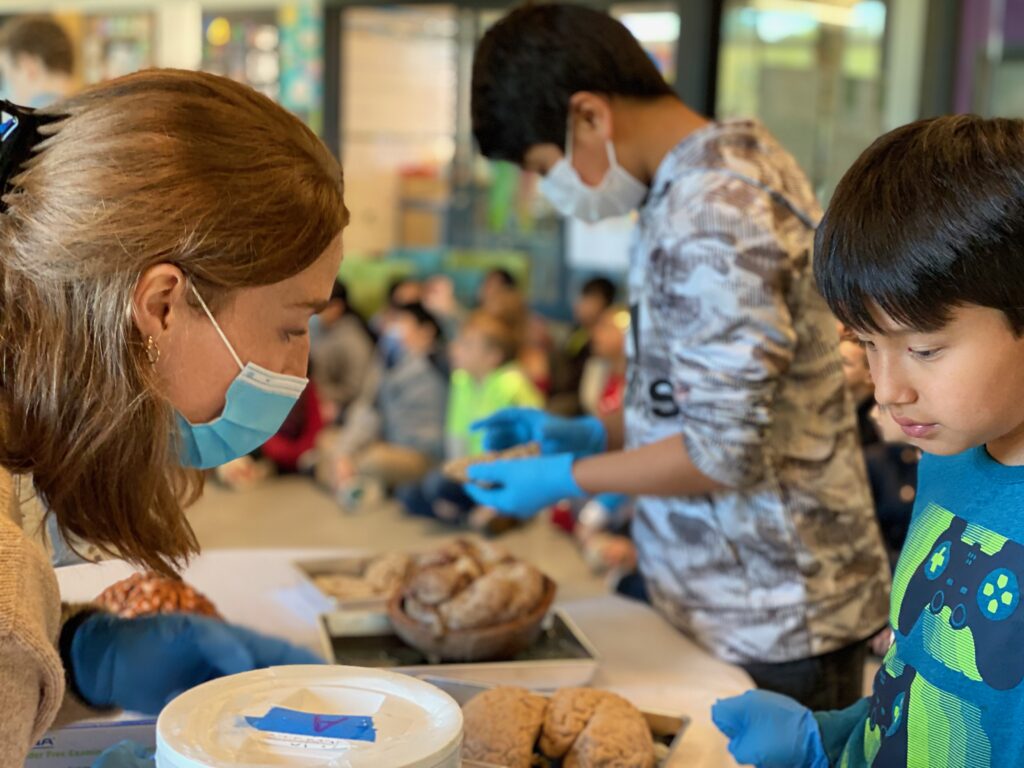
At the Brain Table
I spent most of my time at the brain table, showing kids the human brains and helping them identify all the animal brains as well.
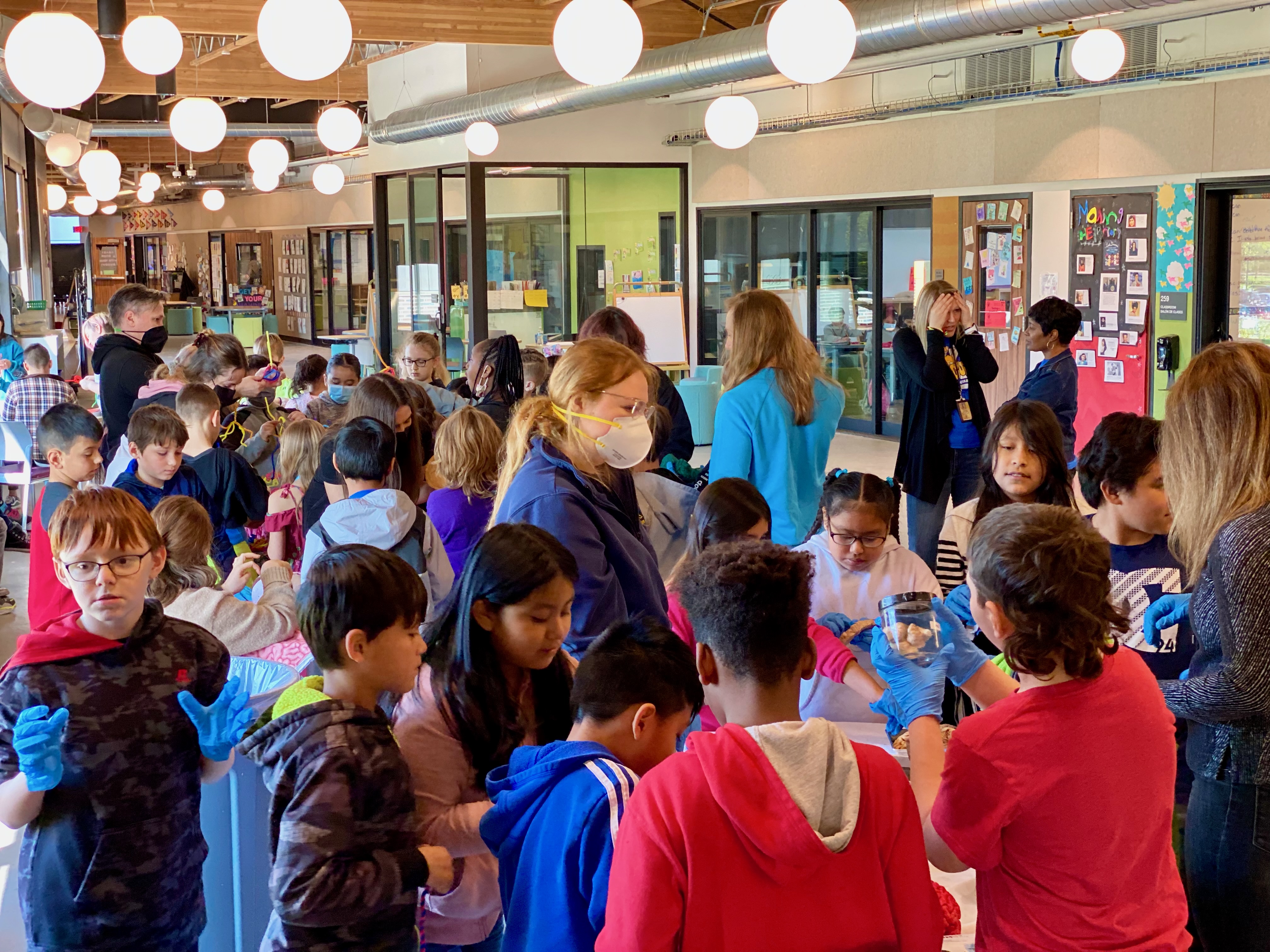
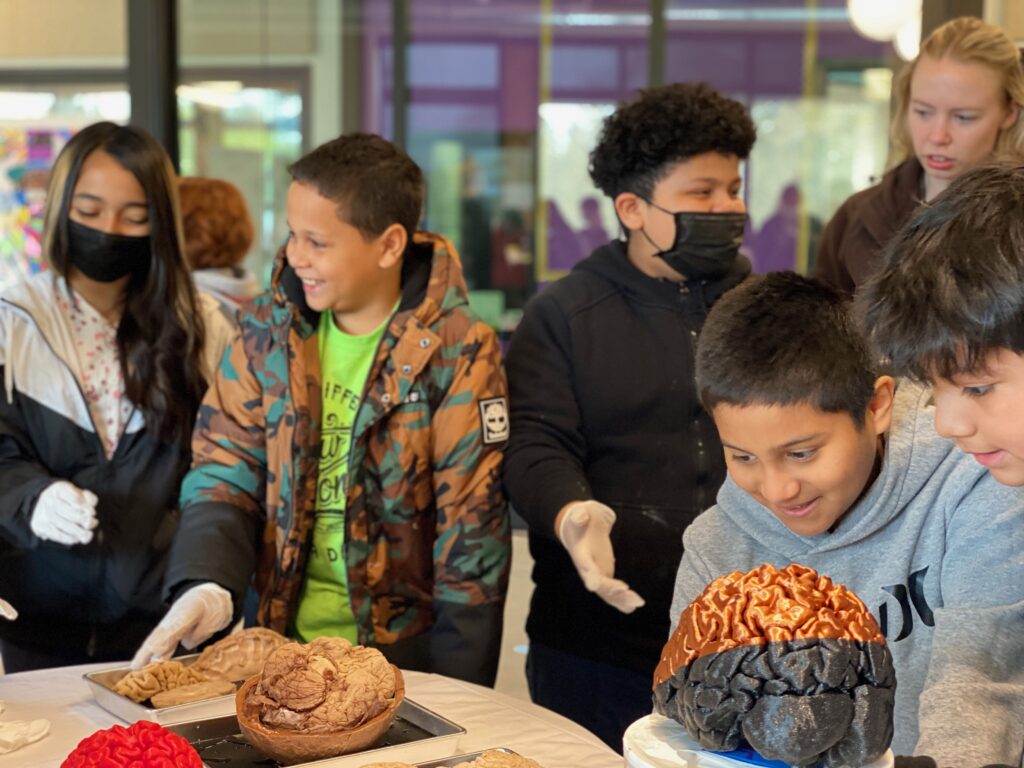
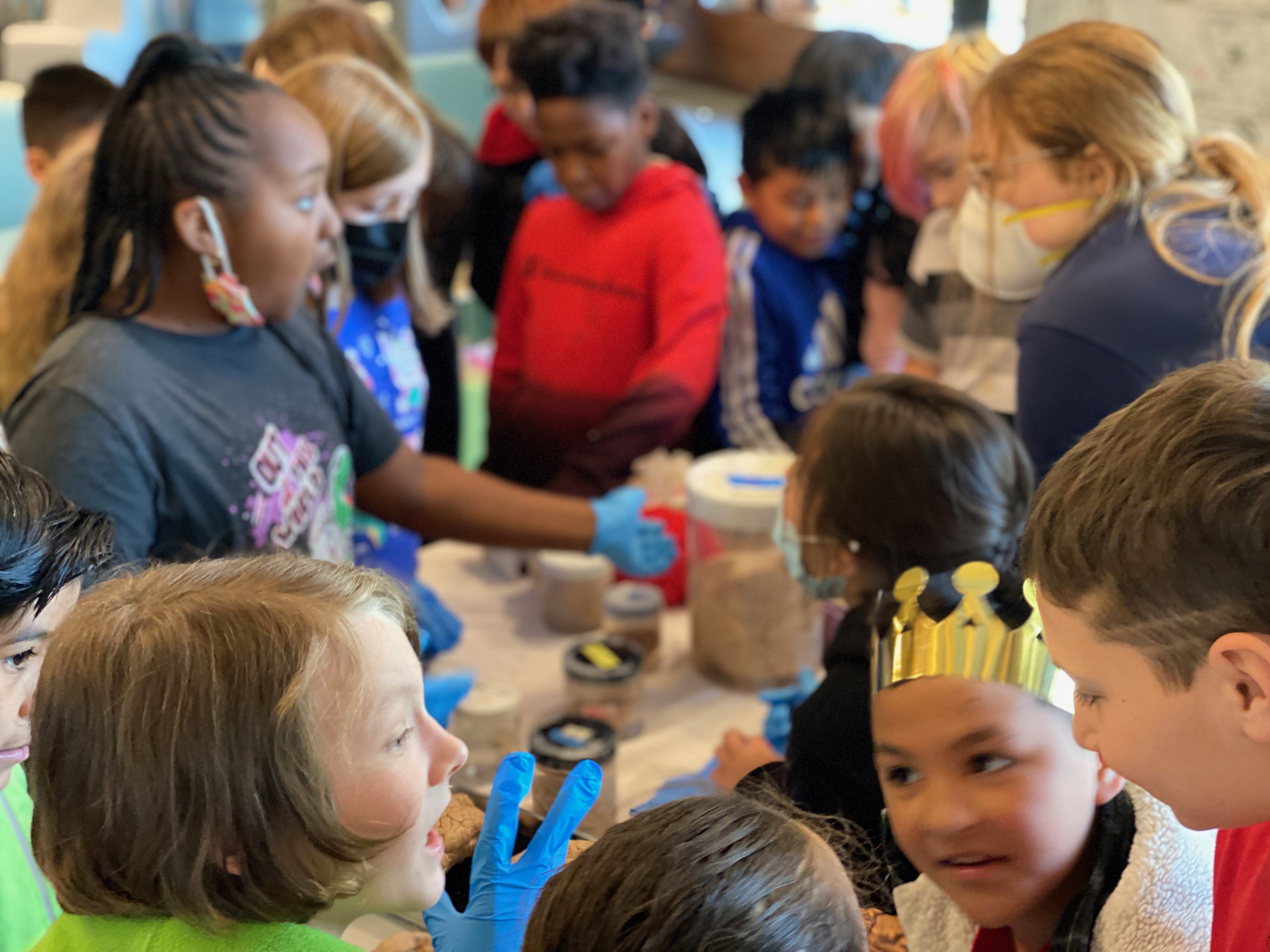
It was really funny watching them initially approach the table hesitant and in disbelief that these were real human brains. Most of them, by the time the session ended, were super excited, wanting to touch all of the brains and couldn’t wait to tell their family and friends about the experience.
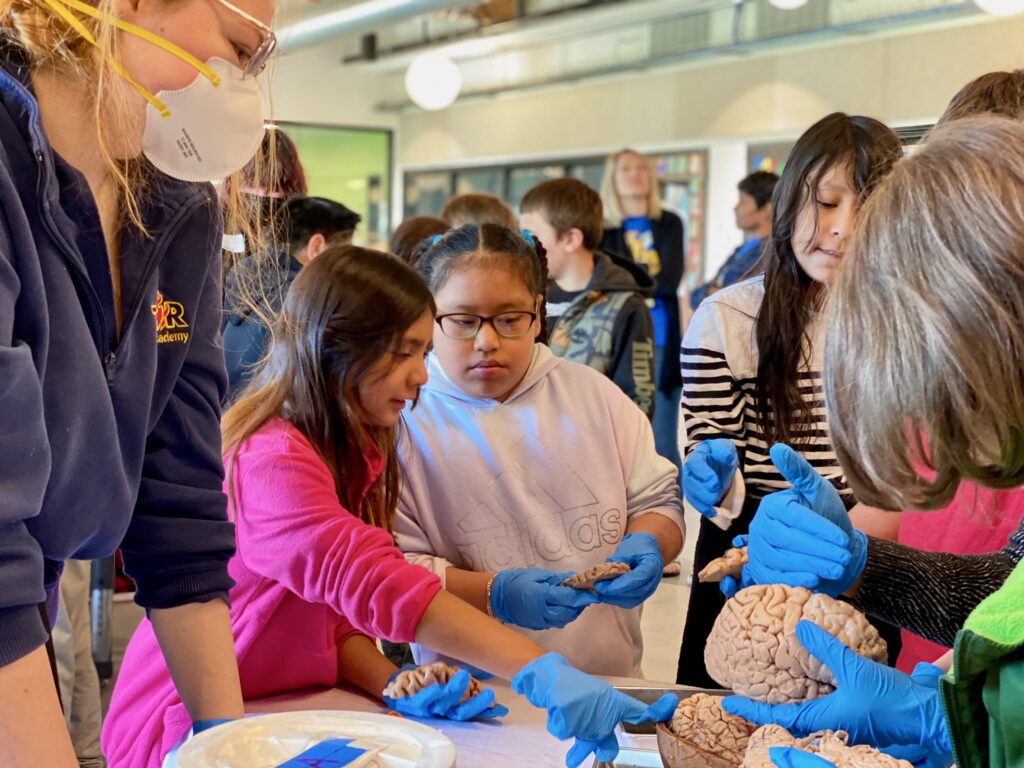
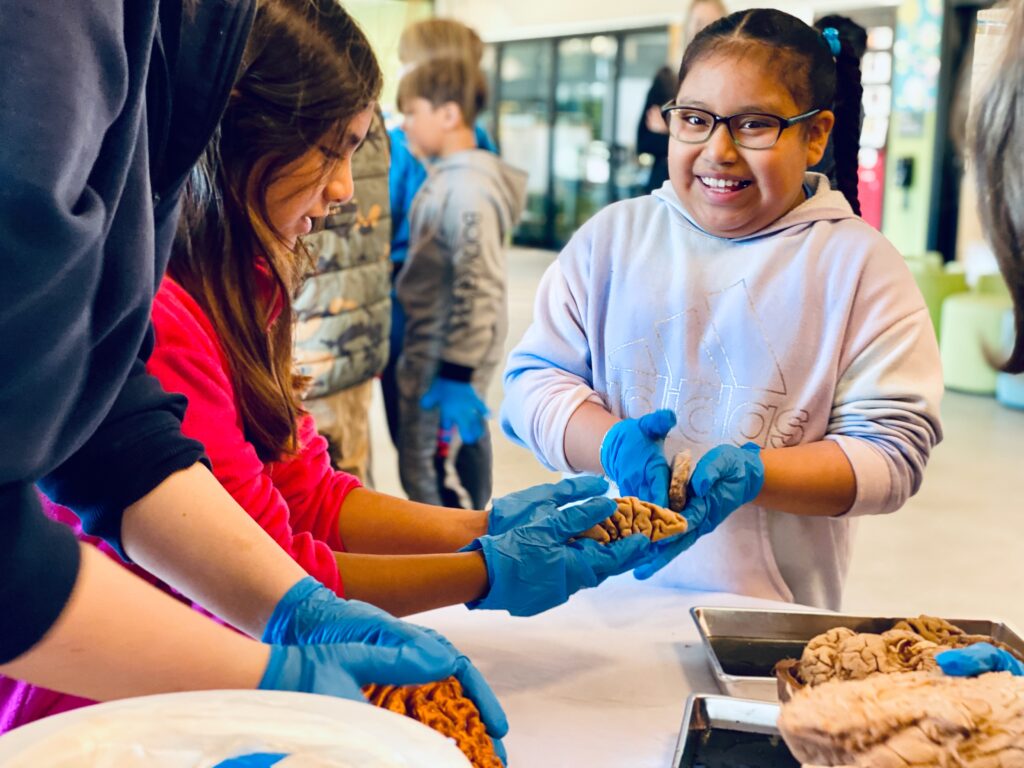
I was also fascinated by the students who were naturally more science driven. I could tell that they had a different level of interest, asked loads of questions, and often were teaching their peers around them about what they were learning.
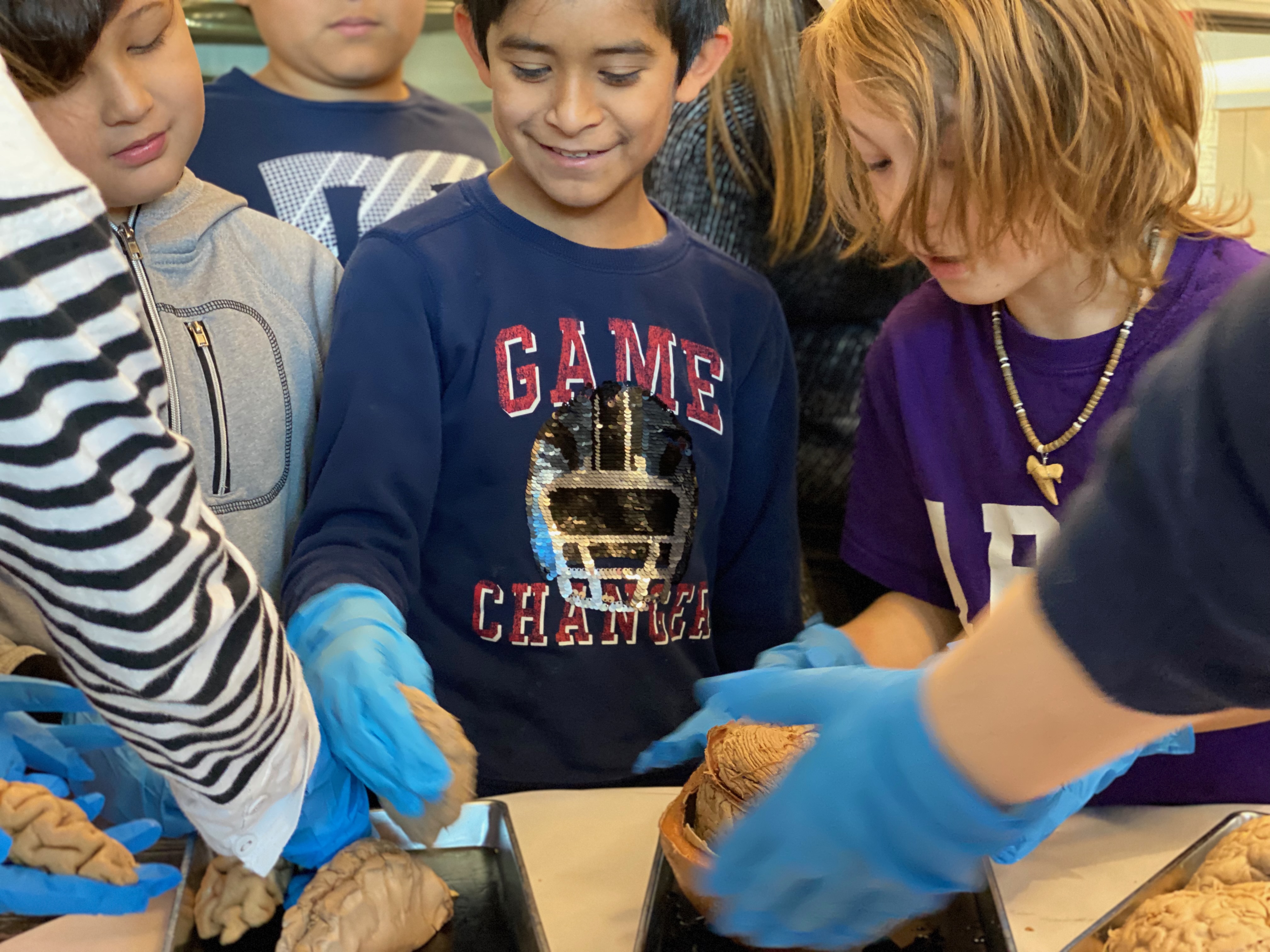
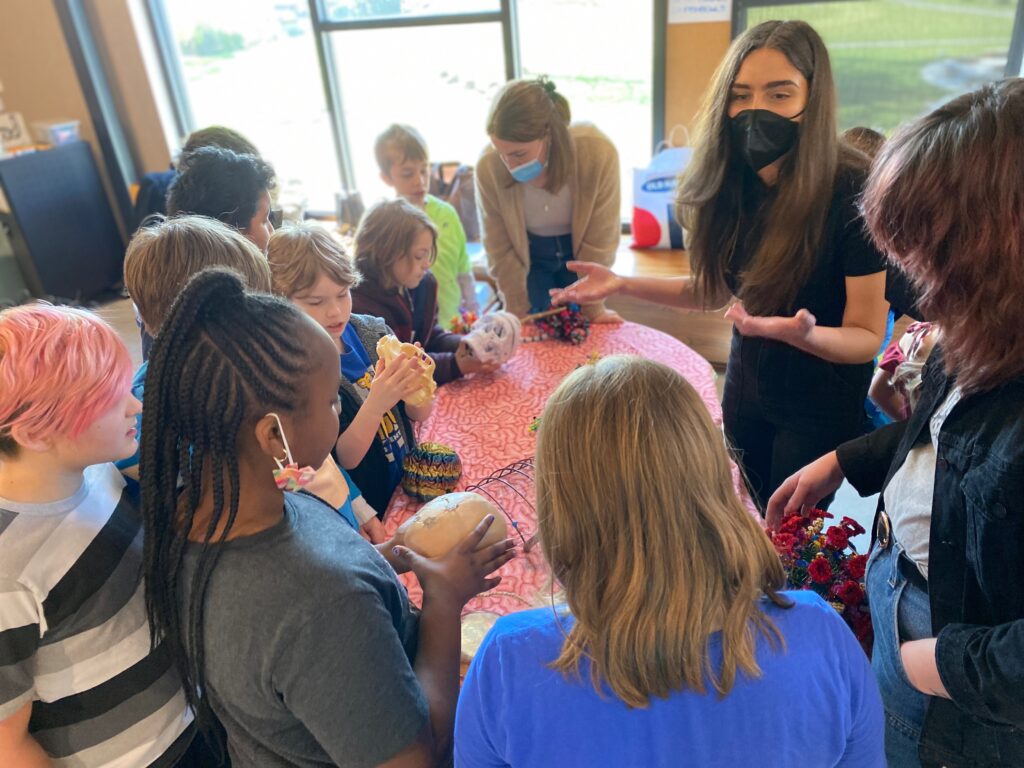
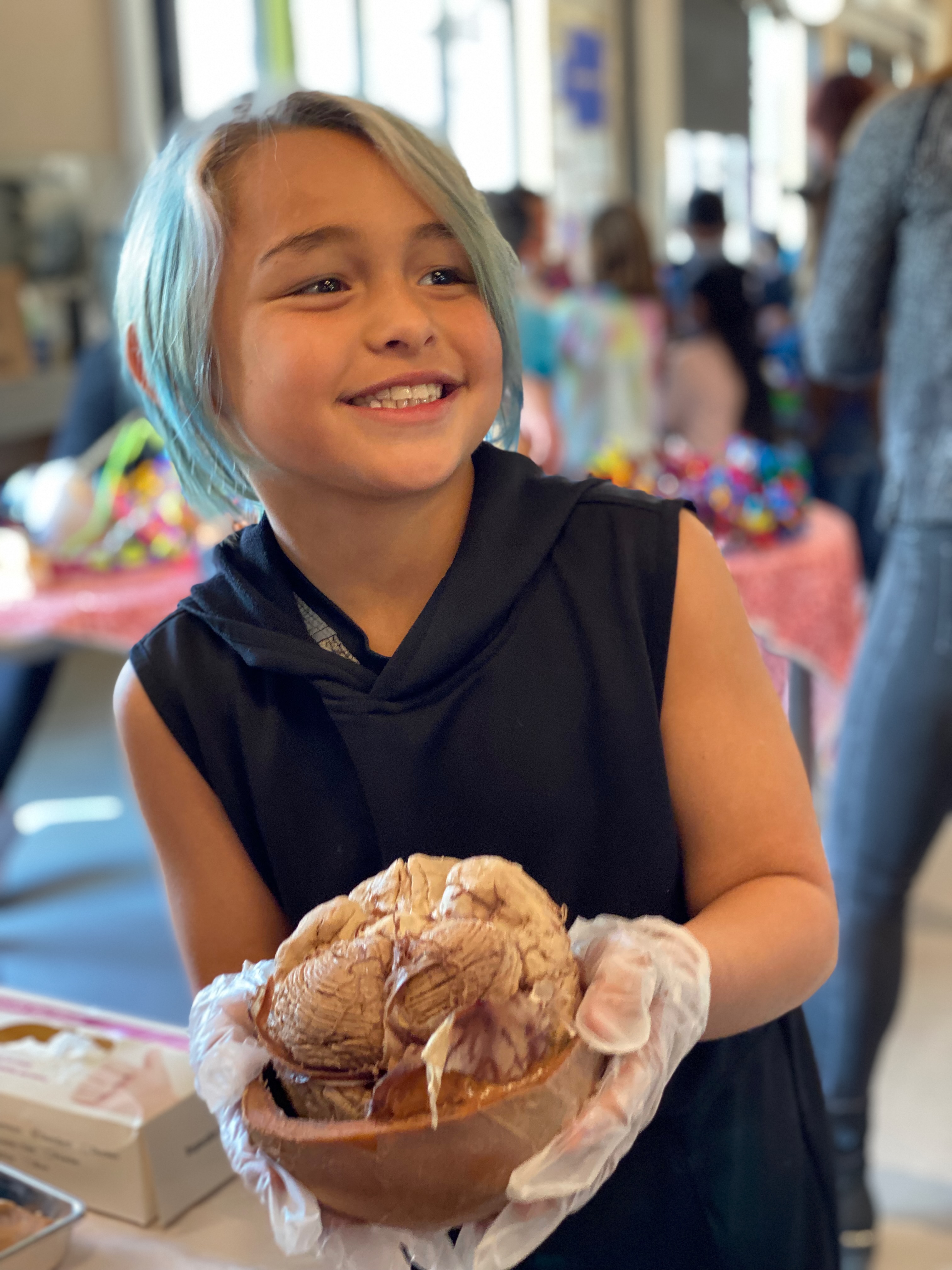
One student was very interested in the story of Phineas Gage and had actually heard of it before. He took the model of the skull and brain of Gage and was showing it off to his friends, and began to teach them about the frontal lobe and how it is where people regulate their emotions. I was shocked that he knew about this at such a young age and could recall all of that information!
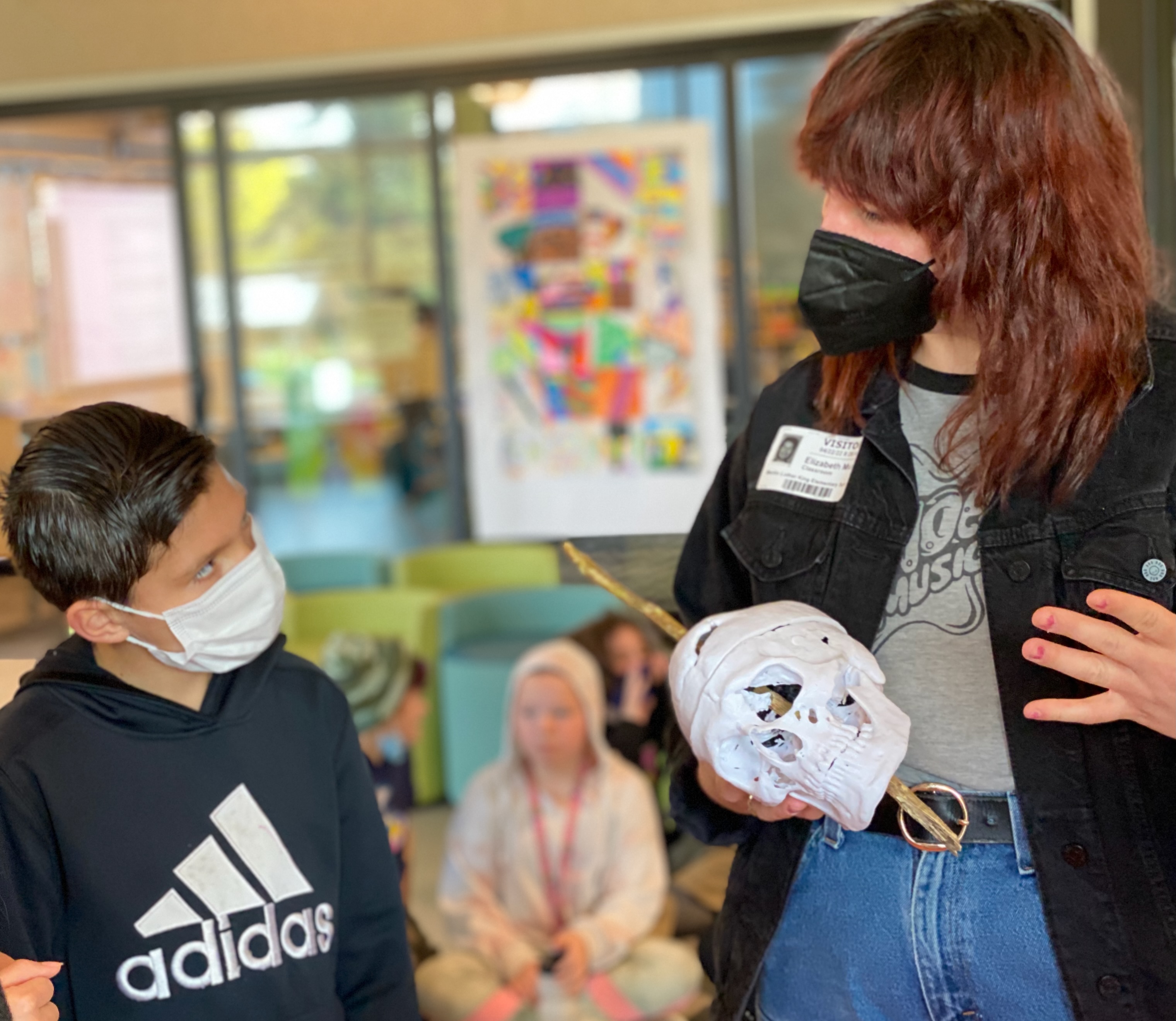
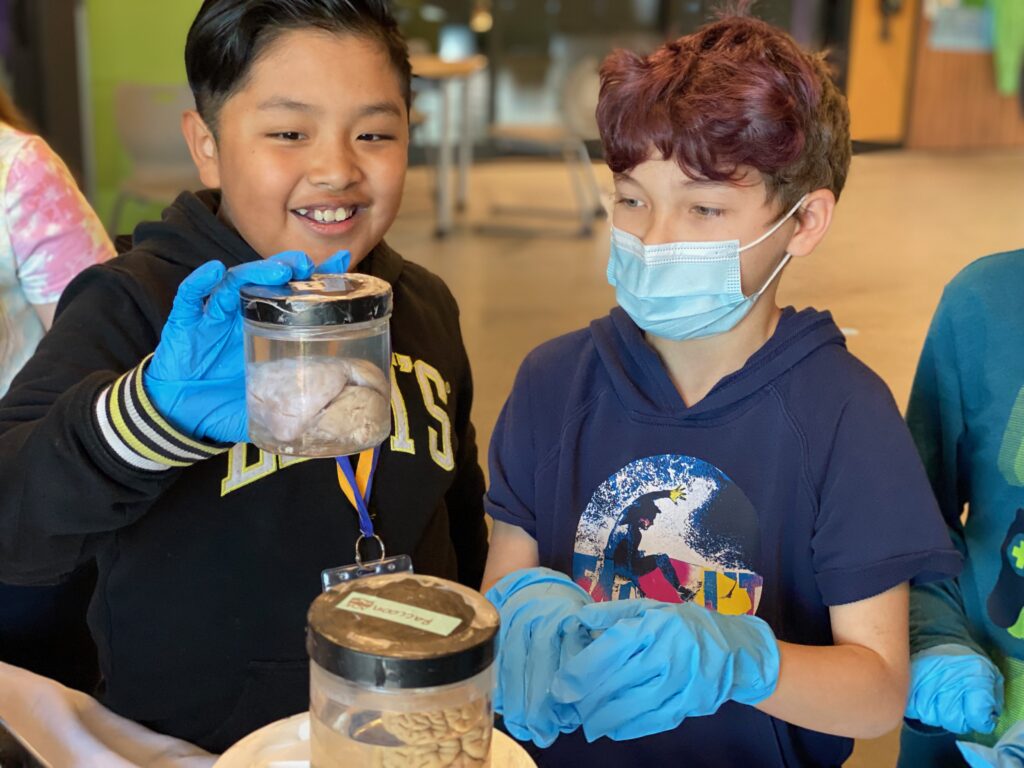
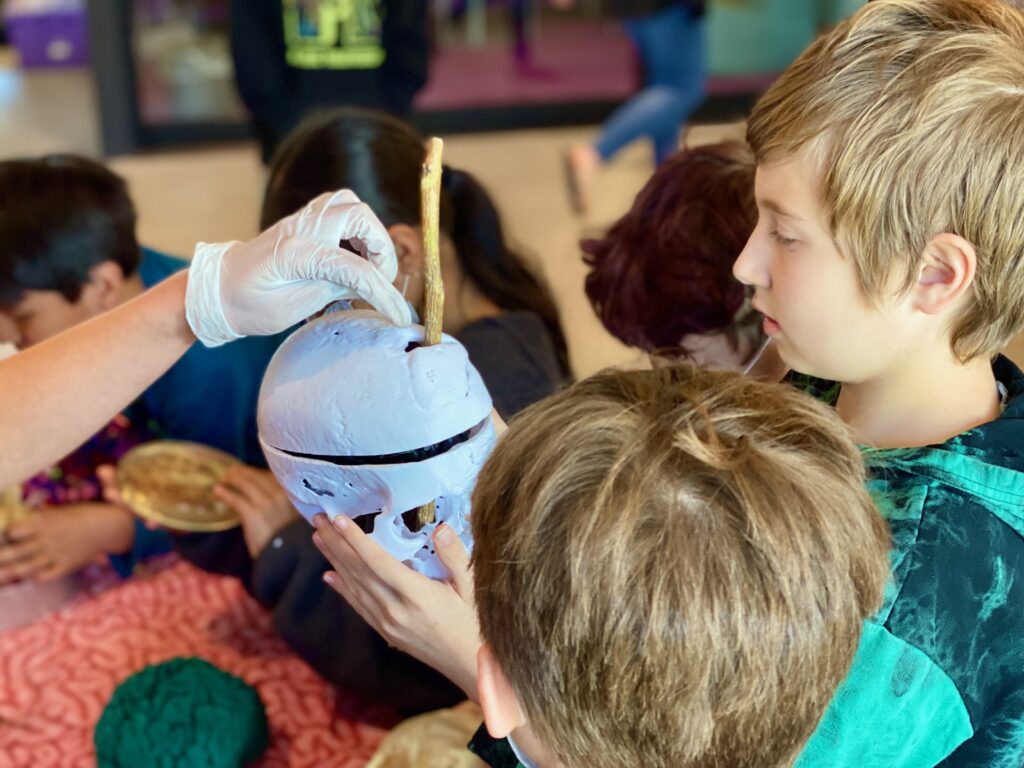
Another student was very interested in CIP, which is congenital insensitivity to pain. He said he had watched some youtube videos about it and was fascinated that CIP was a brain disorder! He knew tons about it and was explaining why the condition was actually very dangerous.
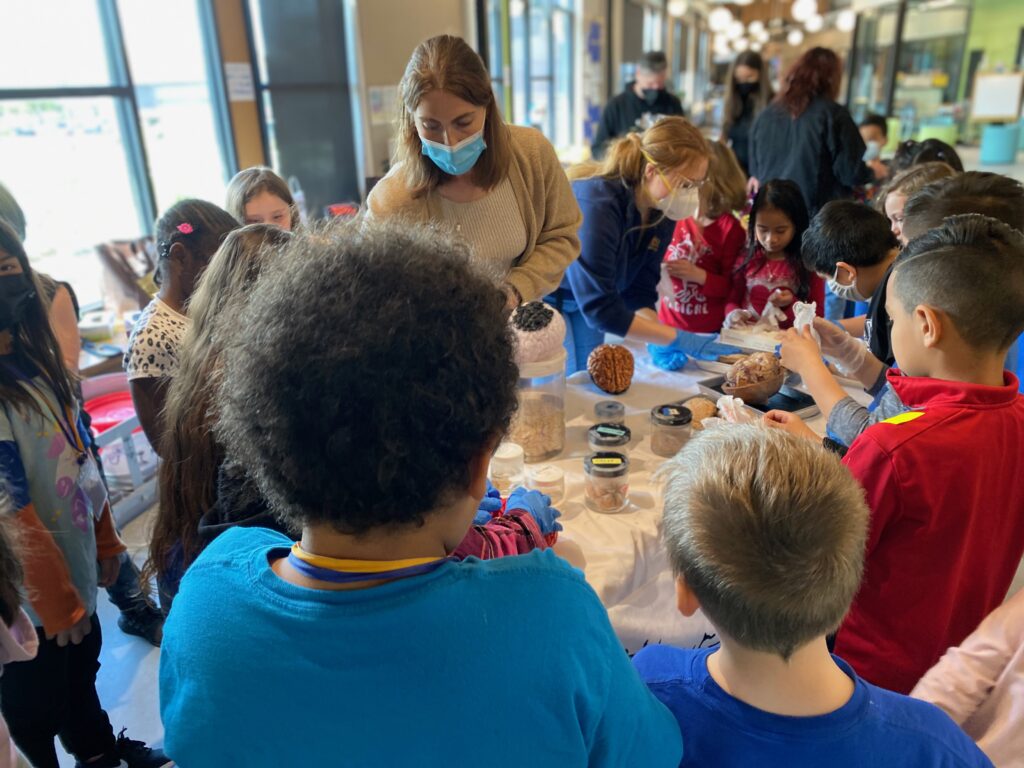
LEARN MORE: Congenital insensitivity to pain
LEARN MORE: Congenital Insensitivity to Pain: A Misnomer
He had lots of questions about how that would impact a person’s life, and was curious to know how different parts of the brain have different functions. He kept asking questions like, “If you had CIP and you had a heart attack, how would you know?” and “Do you think there will be a cure for CIP?” I encouraged him by saying, “One day you should come up with the cure!” He smiled when I said this.
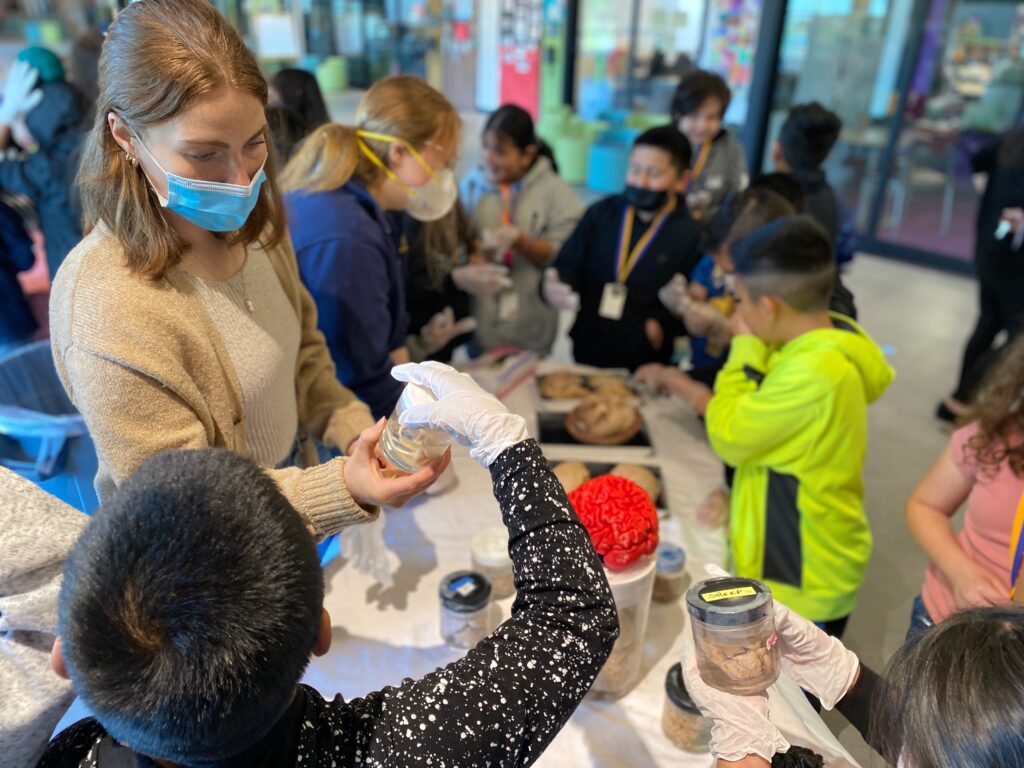
This was such an incredible experience and I was so inspired by the amount of wonder, creativity, and desire to learn that these kids displayed! Their questions were incredible (see below). I am looking forward to the next outreach opportunity I will have with Northwest Noggin.
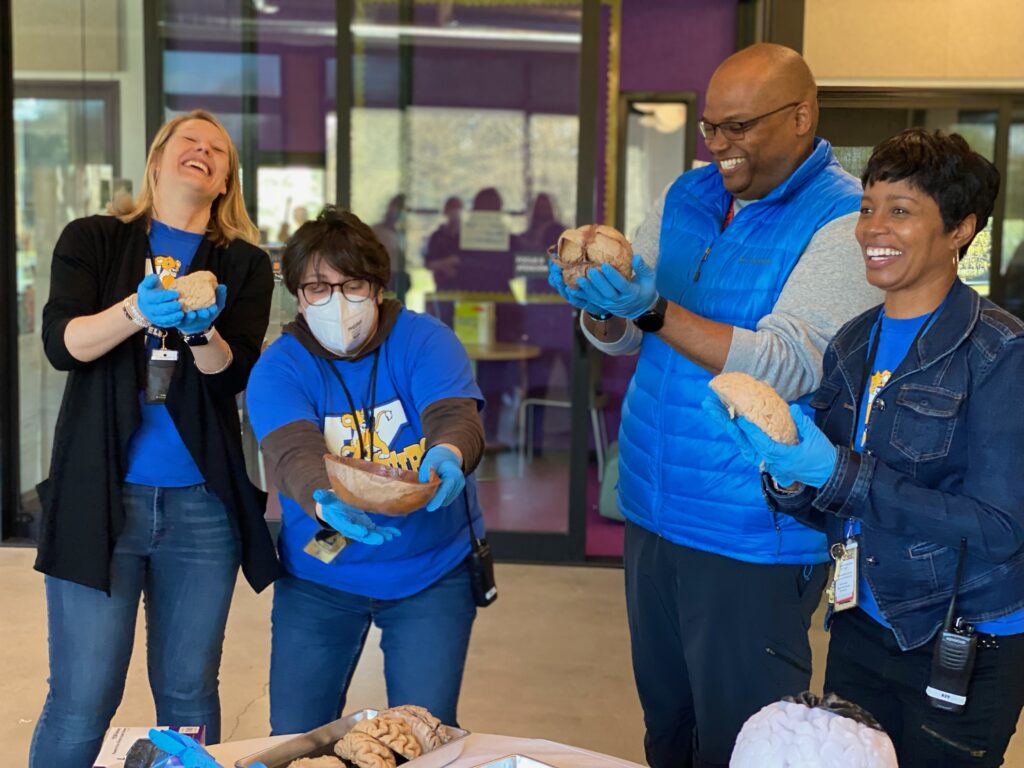
Student Questions
When does a rotting brain start making an odor?
How does the brain function?
How do we remember?
How do you get the brains?
When you body moves is there some attachments that make your body move?
What if you have an artificial brain?
Are the 3D printed brains also real, or from real people?
How long have you been studying the brain?
When did you know you wanted to study brain?
Do ants have brains?
Are there animals that don’t have brains?
How does the spinal cord work?
Is it normal to get dizzy?
So I’m thinking that maybe we are like robots – but also not robots?
Are those animal brains real?
What is your brain made out of?
How do you remember?
How do you get headaches?
Can what my brain is doing now as a kid affect what my own kids’ brains might do in the future?
Does what happened to my mom in her life before I was born affect how my brain works today?
What is consciousness – like, in the brain? What’s happening in my brain when I really see you now?
From Yasaman Farhand @ PSU
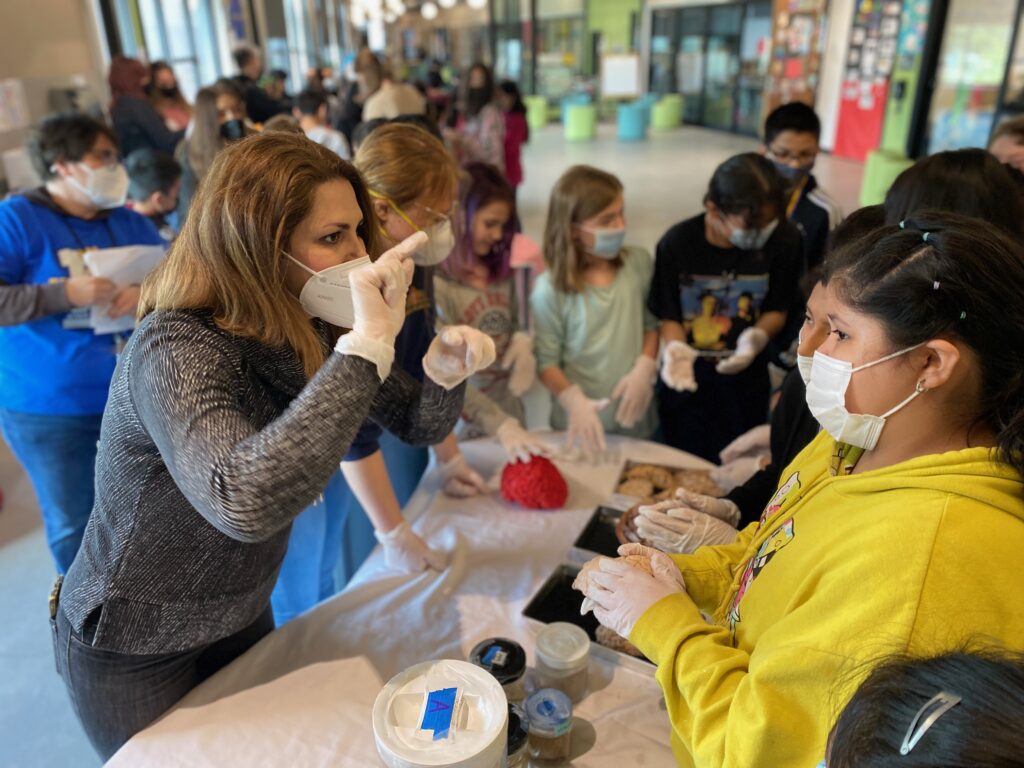
I am a neuroscience student at Portland State University and I had the opportunity to work with Northwest Noggin again, this time at MLK Elementary School in Vancouver.
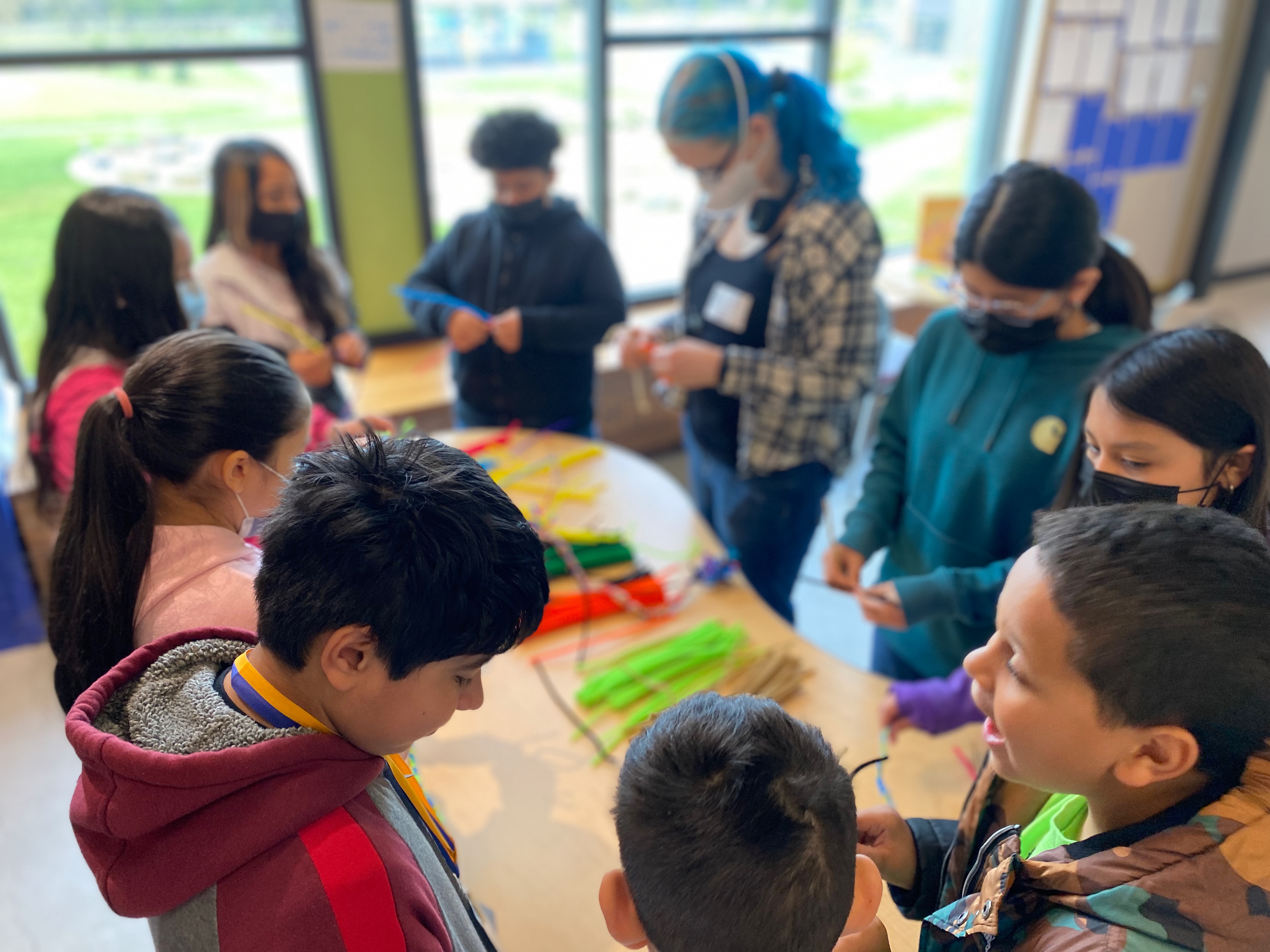
The students’ enthusiasm for learning and making art, and their incredible questions about the function of the brain, how memory works, or how we are like robots while we are not robots was very interesting which led to many enriching conversations about neuroscience.
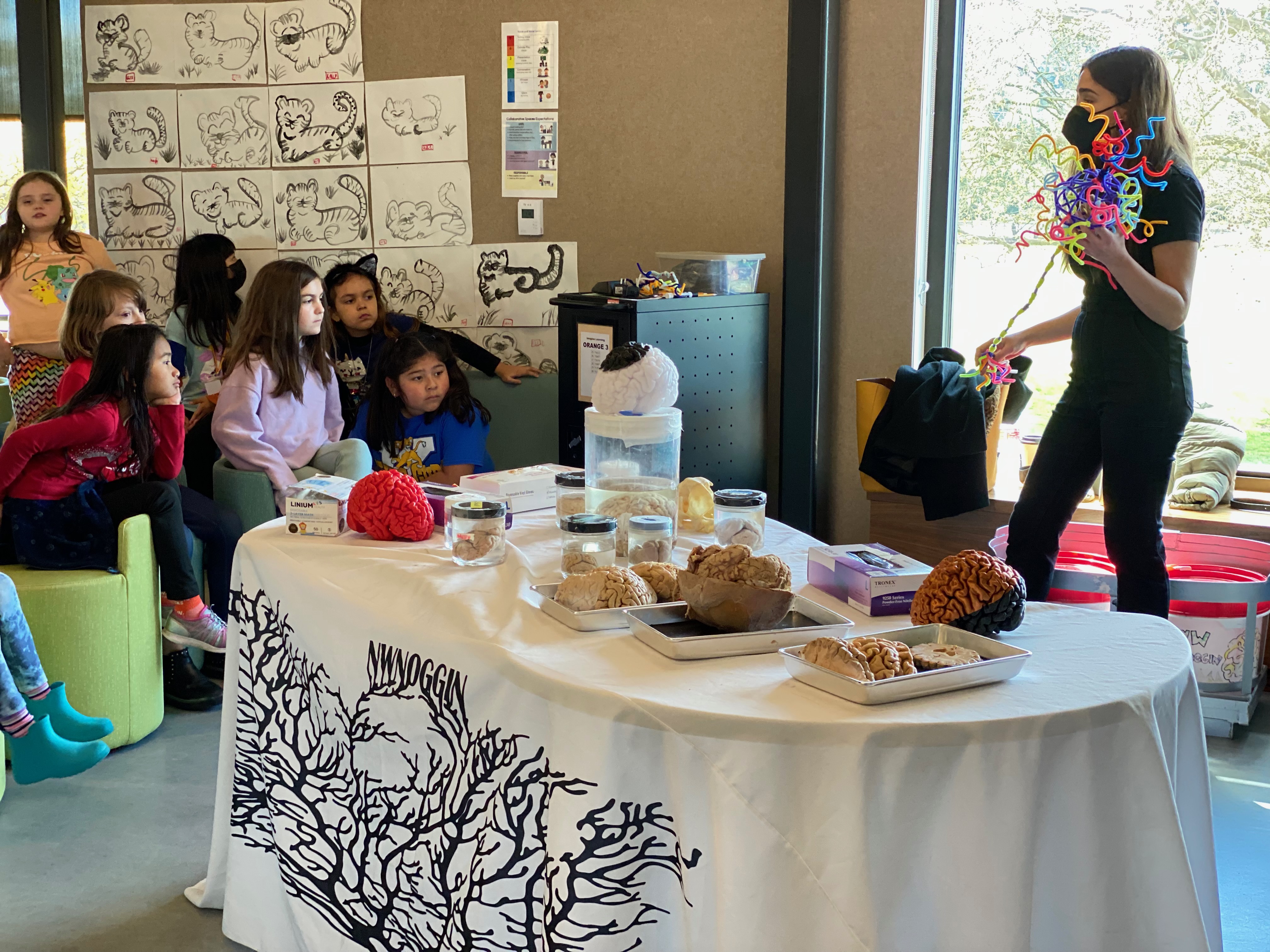
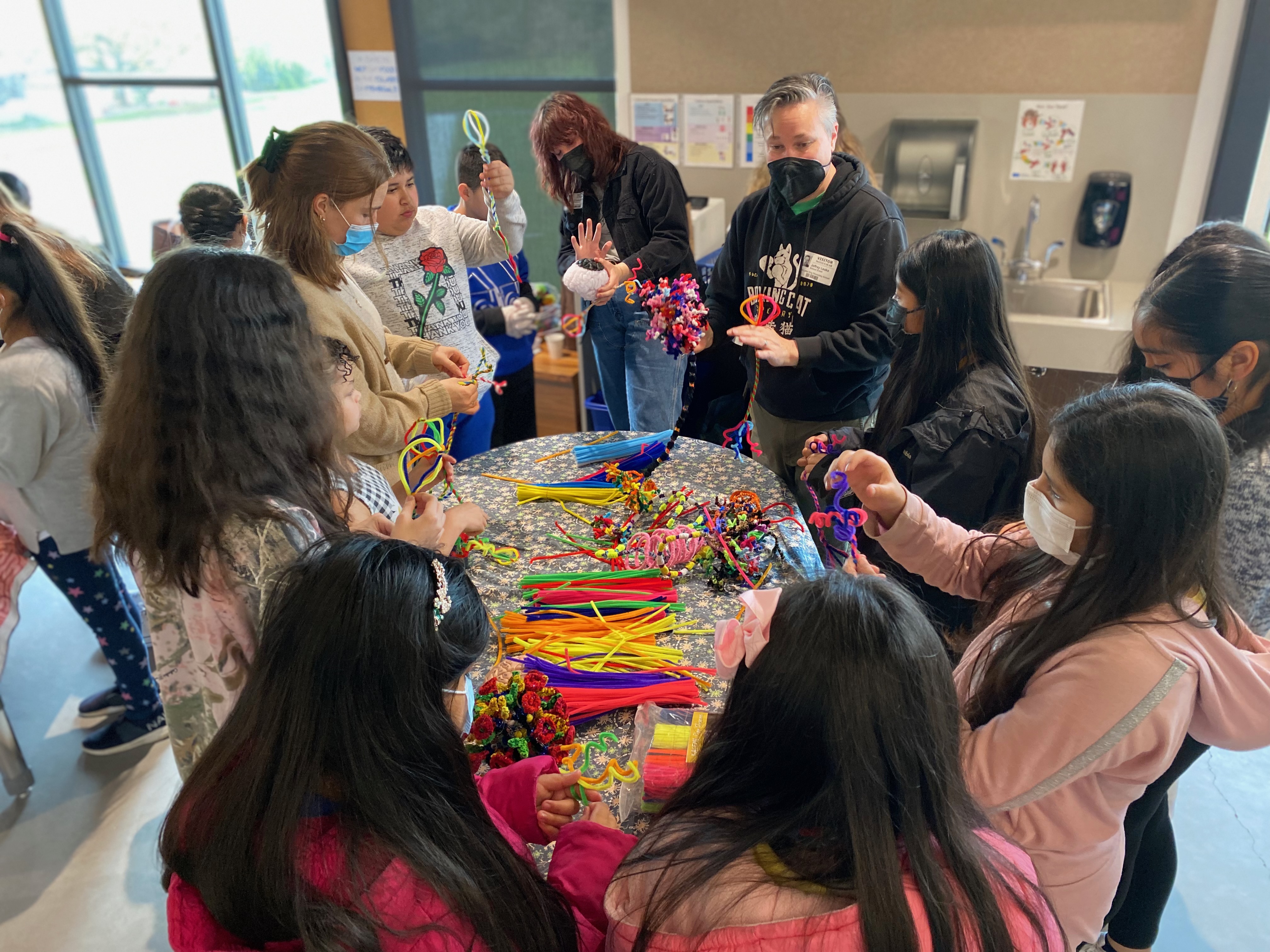
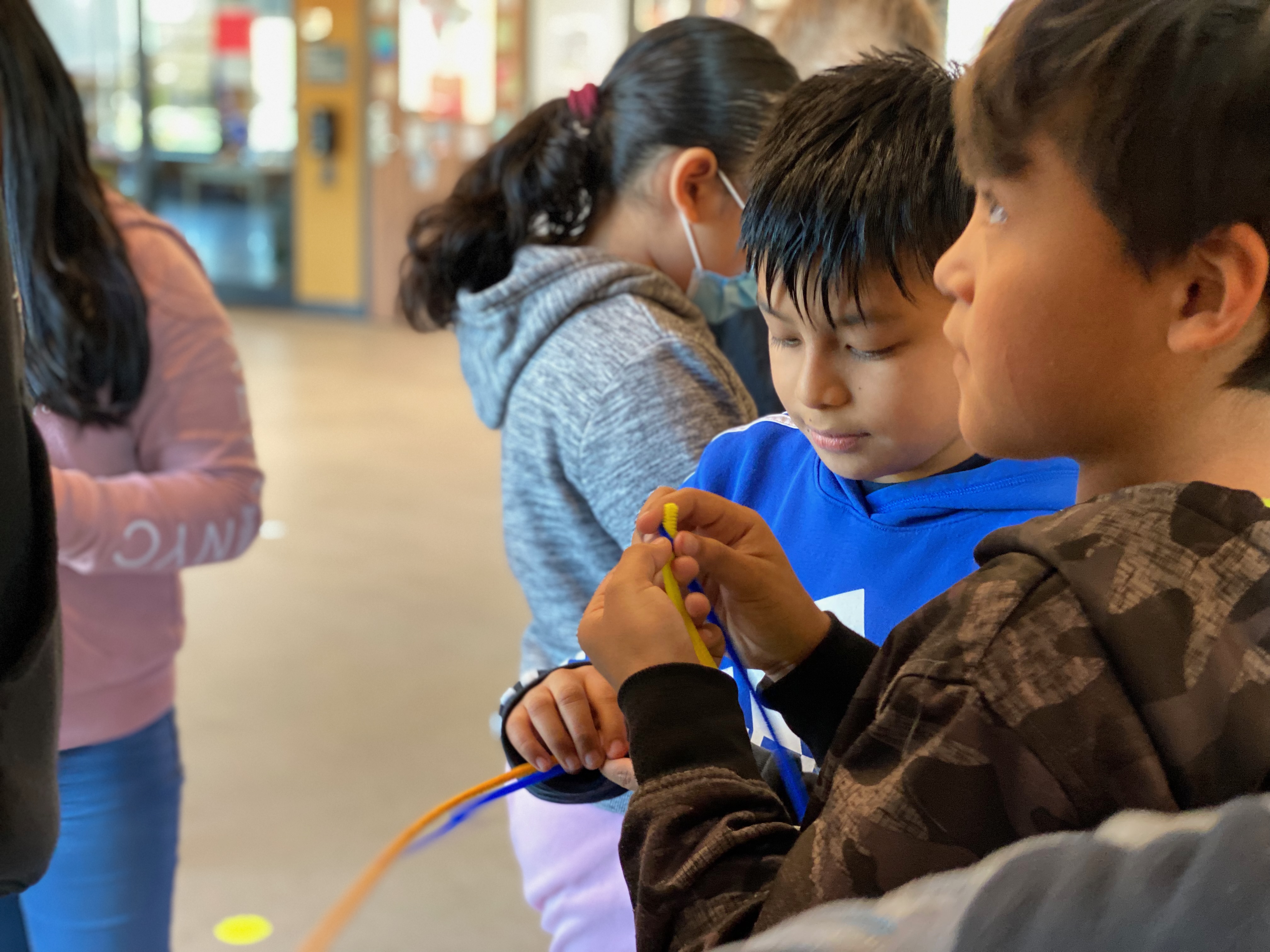
I joined the NW Noggin outreach group to share ideas and teach the students about the brain and its function in the hope of igniting a spark of passion for neuroscience in children. This hands-on learning opportunity will leave a remark in students’ lives who have been able to see and touch the real human brains as well as making pipe cleaner neurons while learning about their structure.
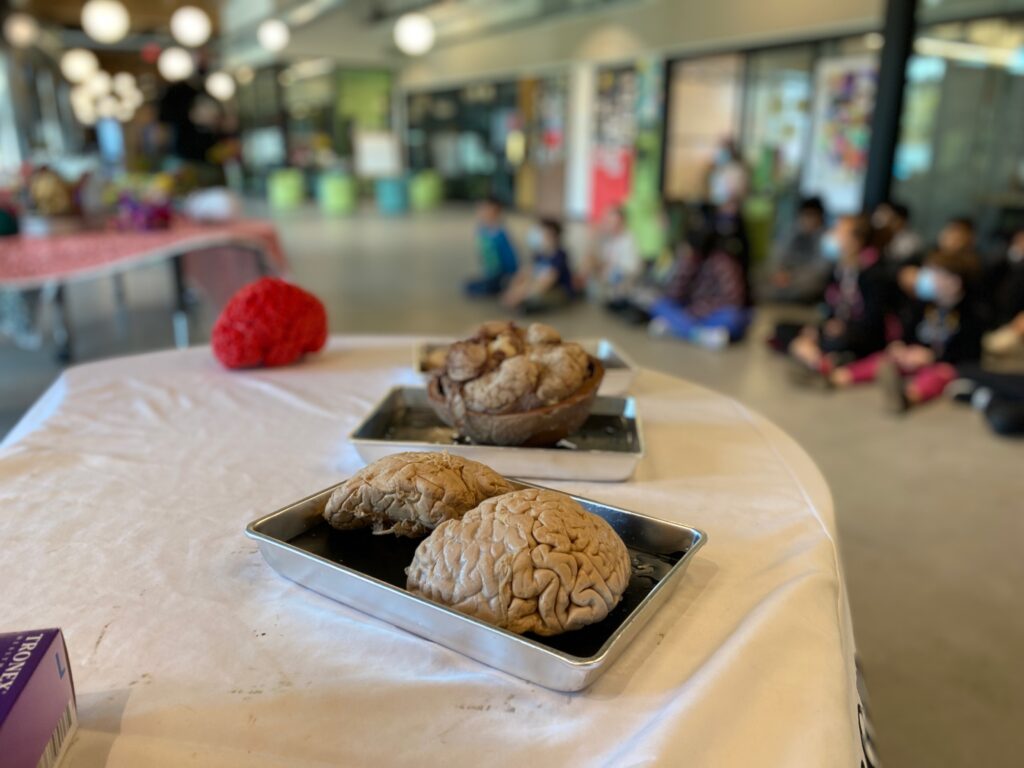
Our thanks to Carla Feltz from Vancouver Public Schools, and to the students, teachers and staff at MLK Elementary for welcoming us to your school!


